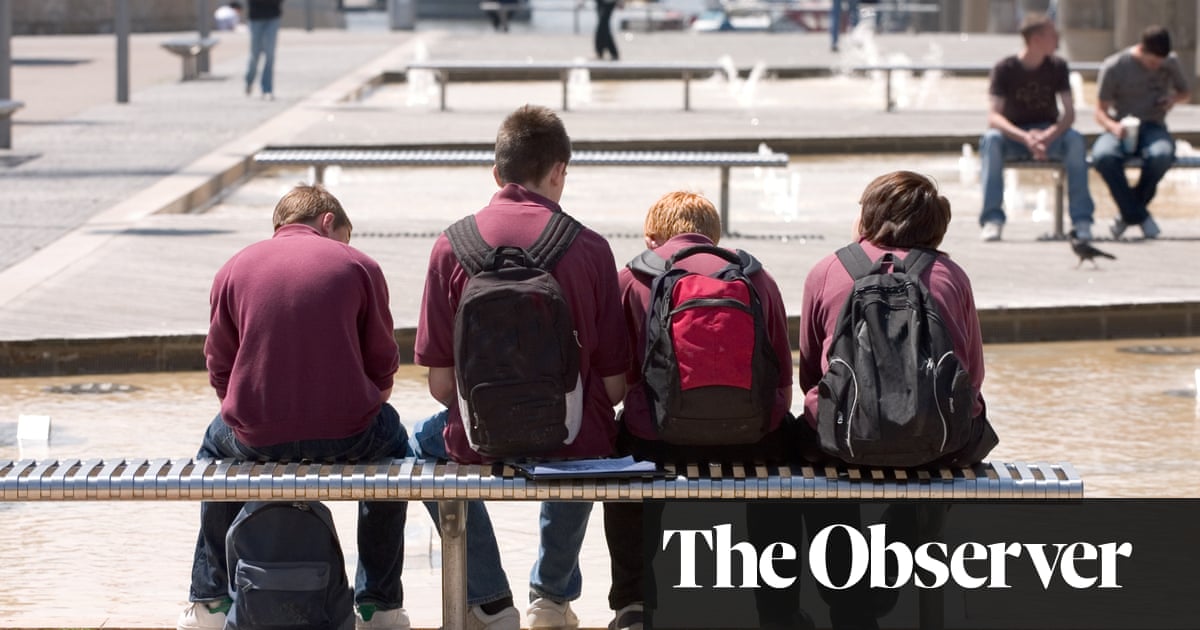
The government’s desperate push to reopen primary schools in England to kickstart the economy has fallen flat, with up to 90% in some areas remaining closed to more pupils amid rising fears about the spread of coronavirus.
Figures obtained by the Guardian showed that in large parts of the north-east not a single primary school opened to more pupils on Monday, the government’s target date for reopening after the 10-week lockdown.
Data from 11 of the 12 biggest local authorities in the region, which has the highest Covid-19 infection rate in the UK, showed just 12% of their 856 primary schools admitted additional pupils on Monday.
Across England, a National Education Union poll of members suggested, more than two in five schools (44%) decided against admitting more pupils on Monday, contrary to government expectations.
In the north-west, the proportion of schools opening to more pupils was even lower, at just 8%, according to a survey by the country’s biggest education union.
The figures will be a blow to Boris Johnson, who has made the reopening of primary schools central to his plans to ease lockdown, requiring pupils in nursery, reception, year 1 and year 6 to return to school from 1 June, despite warnings from independent scientists that it might be too soon, while transmission and infection rates remain high.
Labour accused the government of a complete failure of leadership. “Parents are understandably concerned about the question whether they should send their children back to school or not,” the shadow education secretary, Rebecca Long-Bailey, said.
“This data only confirms that the prime minister has not assured parents, school staff or pupils about their safety. Schools must feel equipped to open when it is safe to do so and the government has a duty to address their valid safety concerns.”
Most schools in England have remained open to small numbers of key workers’ children and vulnerable pupils, yet there remained widespread concerns about admitting further pupils safely.
The north-east has the highest per-capita infection rate of any region in the UK, and is thought to be particularly vulnerable given its relatively high proportion of people with secondary illnesses linked to heavy industry, such as mining and shipbuilding. Of the 10 worst-affected local authorities, the top four are all in the north-east: Sunderland, Gateshead, South Tyneside and Middlesbrough.
Data released by the Office for National Statistics on Tuesday showed that the north-east had suffered 41% more deaths than its five-year average since the crisis began, a far higher figure than other regions such as Wales (13%) and London (24%).
In County Durham, Gateshead and Hartlepool, not a single primary school out of 309 reopened to more pupils, reflecting continuing concern among headteachers about the safety of opening up to more pupils. In Newcastle, officials said only two of its 73 primary schools might be able to admit more pupils before next week.
The opening figures for primary schools in England emerged as the Welsh government said schools there would reopen at the end of June, almost a month after the planned phased return began in England.
The Welsh education minister, Kirsty Williams, said schools would reopen on 29 June and the summer term would be extended by a week to 27 July, with plans for an additional week off at half term in the next academic year. Further education colleges would reopen from 15 June for face-to-face learning, especially for vulnerable students and those working towards a licence to practice assessments, she said.
The NEU, which has more than 450,000 members, has consistently argued for a later reopening date, when the number of new infections will be lower and the system of testing, tracking and isolation of new cases will have bedded in.
Kevin Courtney, the NEU’s joint general secretary, said the figures were a wake-up call for the government. He said many schools intended to delay a wider reopening and that some would not be able to admit all suggested year groups. A number would not take in any further pupils this term beyond the children of key workers and vulnerable children already attending, he added.
“It was always reckless of Boris Johnson to set an arbitrary date and expect schools to fall in line,” he said. “Heads and their staff know far more about their individual challenges than Whitehall ever will. As the regional variation according to coronavirus levels show, schools are listening to the science rather than politicians.
“Not only is the safety of the government’s plan in question but also the feasibility of it and confidence of headteachers in what the prime minister requested.”
The Department for Education (DfE) has yet to publish any data on pupils returning or schools opening more widely, but ministers anticipate numbers will rise in the coming days and weeks.
A DfE spokesperson said: “From this week, many schools have begun welcoming children from reception, year 1 and year 6 back to the classroom as part of a phased and cautious approach.
“To prepare for this, headteachers and school staff have been doing an excellent job, including putting protective measures in place and engaging with parents and children. We will continue to support schools who haven’t yet been able to open more widely to do so as soon as possible.”
More than 23,000 NEU members took part in the survey, and one representative from each school was used in the final weighting. In total just under 11,000 schools were covered by the sample, equating to 63% of nursery and primary schools in England.












